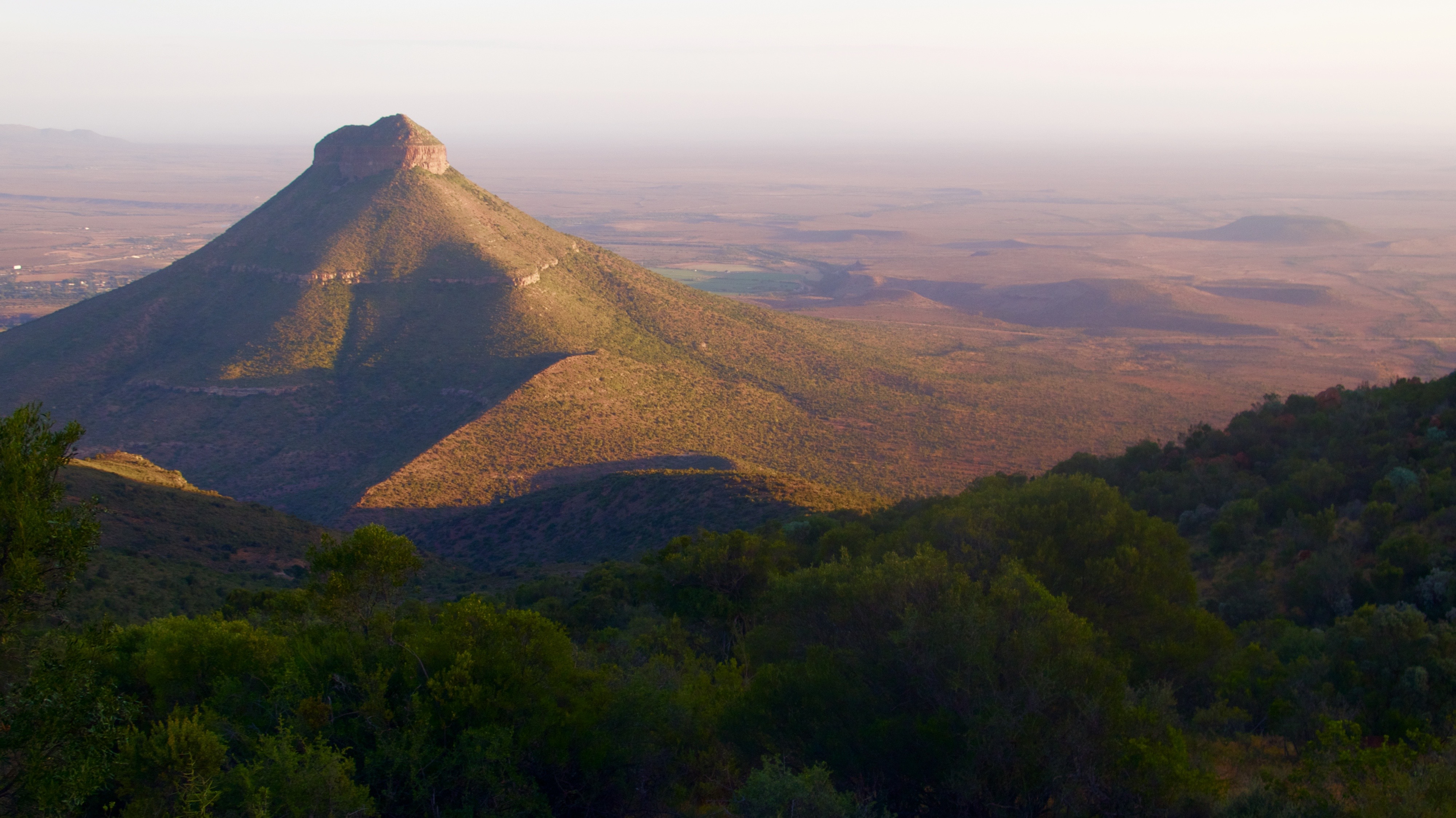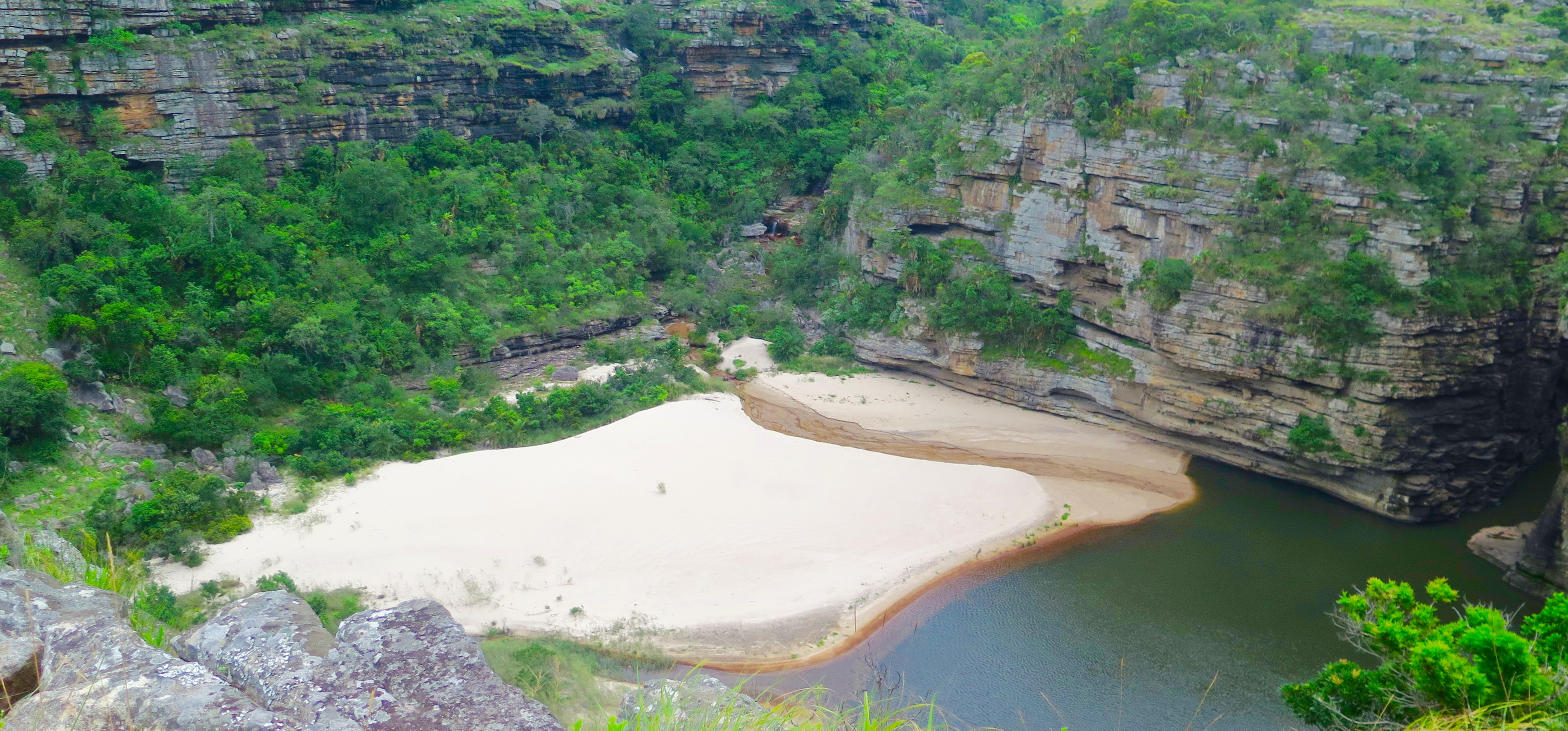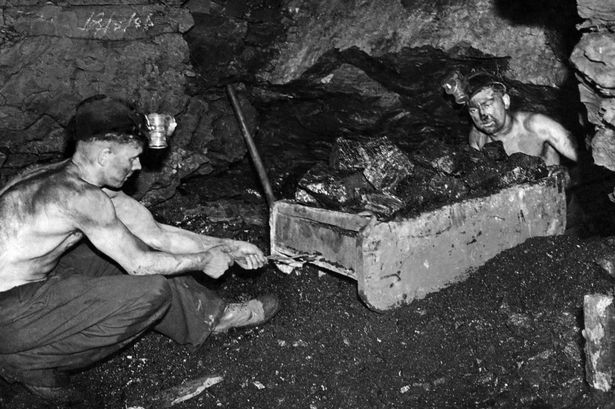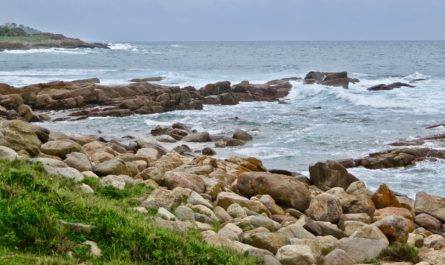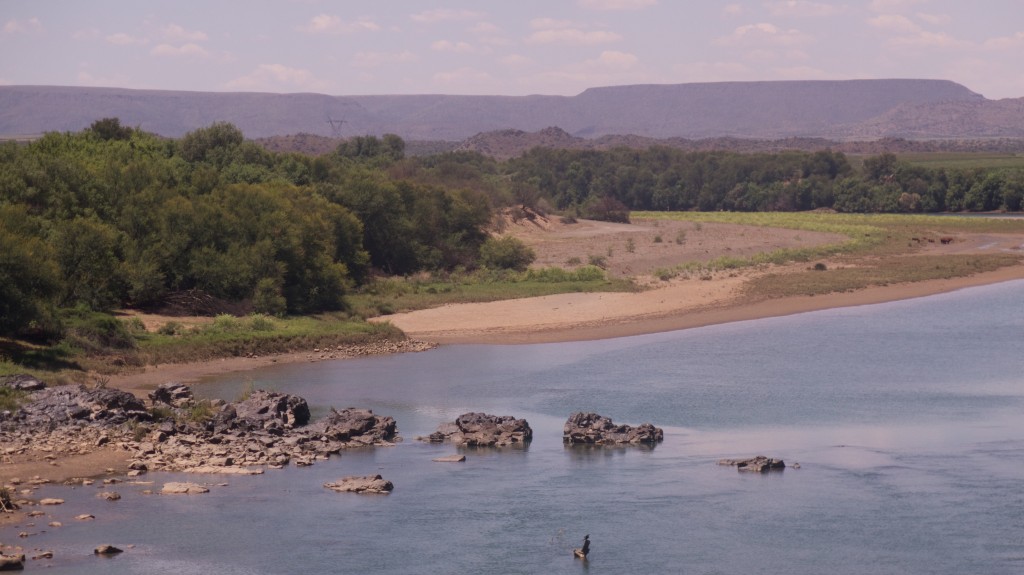
GRAAFF-REINET, South Africa –A contentious idea to use billions of gallons of scarce water to develop natural gas brought Stefan Cramer, a respected German-trained groundwater scientist, to settle in a 19th century cottage, with stucco walls and a mud and reed roof, near the center of South Africa’s desert Karoo.
A well-regarded hydrogeologist with decades of experience in some of the world’s important oil and gas fields, Cramer was dispatched to the Karoo two years ago by the Southern African Faith Communities Environment Institute. His assignment: add scientific rigor to the Cape Town-based organization’s campaign to block fracking in a spectacular landscape of eroding granite and unrelenting sun.
For a brief few years, largely as the result of a 2011 U.S. government estimate of potential reserves, South Africa entertained the idea that the 450,000 square-kilometer (174,000 square miles) desert Karoo might become a world-class natural gas field. Cramer, who is 64-years-old and lives in this historic and lovely Afrikaans desert town with his wife, Erika, did not need to do much to help halt South Africa’s flirtation with shale gas.

Though SAFCEI and other groups remain vigilant, fracking the Karoo is an idea that is slipping away. Plunging fuel prices, the complete absence of an expensive pipeline transport network, scarce water, faint understanding of the Karoo’s deep geology, and fierce public opposition has turned the South Africa Department of Energy’s fracking division into a quiet repository for an approach to fossil fuel production that is unfit for its place and time.
It is another improbable energy pursuit, though, that Cramer tripped over last year that keeps him grounded here. South Africa wants to build six nuclear power plants. Its senior leaders see in the Karoo’s billion-year-old geology, expansive valleys, and table-top summits fertile territory for supplying uranium, and perhaps hosting a new uranium enrichment plant.
Cramer calculates that uranium development will consume 700,000 cubic meters (185 million gallons) of water annually. Like all of the canvas of color and the banquet of quiet that is the Karoo, the region 200 kilometers (125 miles) west of here, around Beaufort West where much of the development is centered, has meager existing water reserves.
“The Apartheid government closed mining and uranium enrichment in 1992 before the black government came to power,†said Cramer in an interview with Circle of Blue. “South Africa now plans to restart the entire nuclear cycle. That includes mining, uranium enrichment, and power generation. First it’s using millions of cubic meters of water to frack shale gas in the Karoo. Now it’s millions of cubic meters for uranium. None of it makes sense to me.â€
Cramer is a tall, sturdy bearded scientist whose public interest instincts are keen. His manner, welcoming and direct, is much like the 230-year Dutch-style high desert town that because of him and his wife has become a center of anti-uranium research and organizing. Opposition headquarters is a cool and airy cottage with a glorious garden that rests in the lee of the Snowy Mountains.
The irony of South Africa, certainly the irrational feature of South Africa’s headlong pursuit of risky gas and uranium reserves, argues Cramer, is that the Karoo also hosts one of the world’s most fruitful new wind and solar energy sectors.
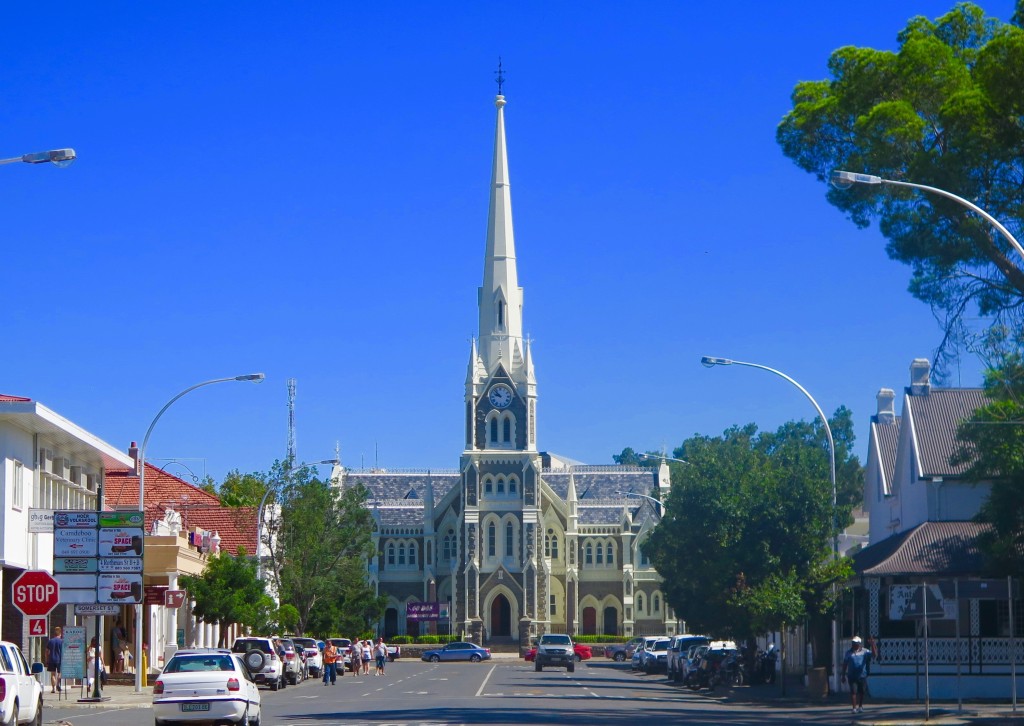
Wind farms are tucked into mountain passes and spread across open desert in all three Cape provinces that form the Karoo. A solar corridor has opened in Northern Cape province. In the desert between Kimberley and Postmasburg, in a dry valley surrounded by low hills, SolarReserve opened the 96-megawatt Jasper solar photovoltaic power station and its sister 75-megawatt Lesedi solar station in 2014 at a cost of nearly $500 million. The expanse of electricity generating panels installed by the Santa Monica, California-based company reflects the sun and the sky, and is so large that from a distance both stations look like shimmering blue lakes.
“South Africa put the right people in charge of its renewable development. The program has good management and it’s working,†said Kevin Smith, the chief executive of SolarReserve, which is scheduled to start construction of a 100-megawatt, $US 750 million concentrating solar station at the same desert site later this year. “They are conscientious and they want the program to be successful.â€
Magic and Import of the Karoo
There is not a better place to ascend South Africa’s mountains of clean energy production and descend its unfaltering slopes of ill-conceived fossil and uranium energy convention than the magnificent Karoo. Encircling a third of South Africa’s geography, the desert starts in the east close to the mountains of Lesotho, heads north nearly to Johannesburg, reaches south almost to Cape Town and west to within 100 kilometers of the Atlantic Ocean.
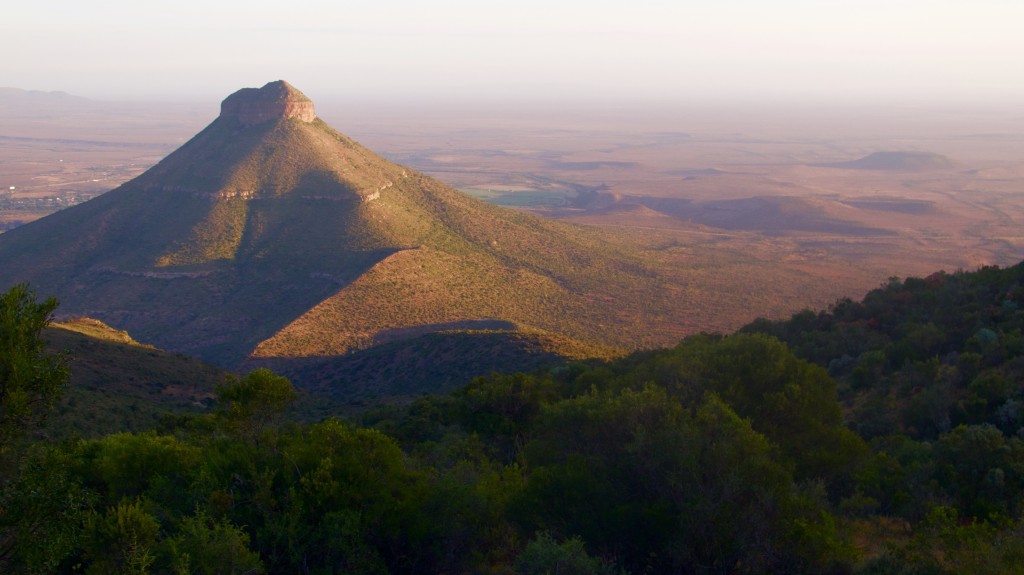
Millions of years ago the Karoo was the bottom of a teeming sea. Over the last 170 years herds of cattle and flocks of sheep grazed its grasses and woody desert shrubs, and trampled the thin and rocky soils. Here and there hard rock mines opened to exploit underground mineral seams.
Thinly populated, with towns hours distant from one another, the Karoo’s hot desert extends to the sides of mammoth table top ridges that turn purple at dusk. This canvas of color and light, of rock and mountain and glorious sunsets has inspired generations of South African poets and artists.
Its seared ground, relentless sun, and temperatures that can change 25 degrees Celsius (45 degrees Fahrenheit) from day to night have driven countless Karoo settlers to despair. The ageless desert has been called the ruinous landscape between heaven and hell.
It is fitting that such a region so central to South Africa’s geography and history is now the stage for another of the momentous choices confronting the nation at the bottom of the continent. If facts and outcomes were the sole factors, the choice would seem straightforward.
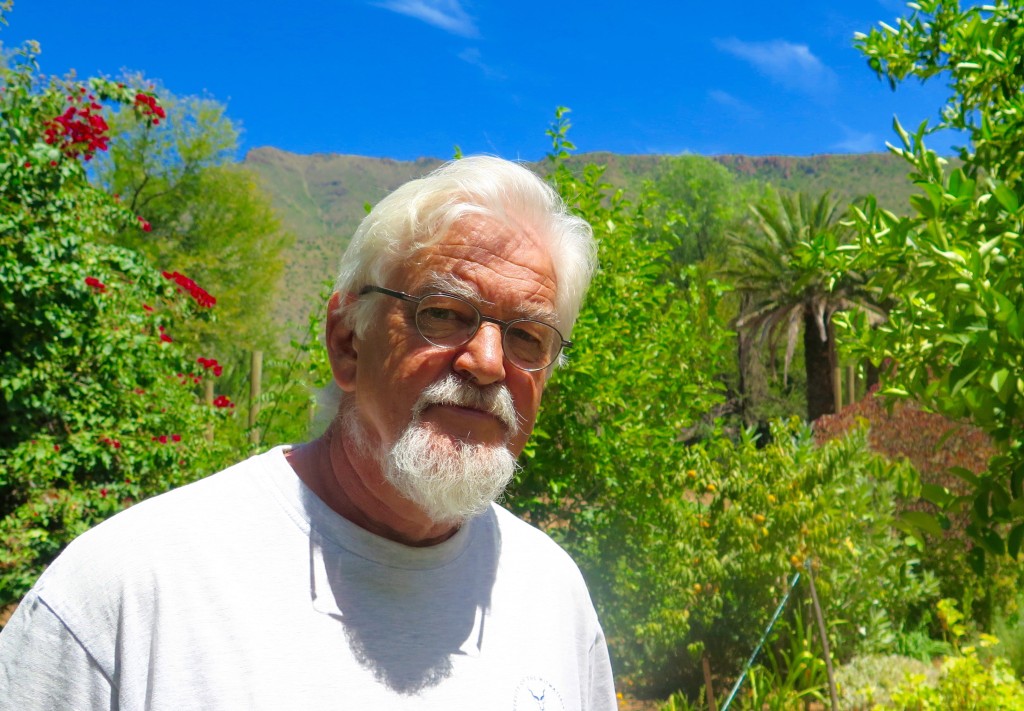
Clean Energy Works
Since construction started in 2012, 13 wind power plants and 31 solar generating stations have opened in South Africa. They generate nearly 2,400 megawatts of electrical capacity, according to the most recent published tally by the South Africa Department of Energy. To date $US 6 billion has been invested in South African clean energy. The Karoo hosts nearly three quarters of the renewable plants constructed so far.
Another 49 renewable plants are in various stages of construction, financing, and permitting in the Karoo and nationally. A new round of government bids for building renewable energy plants, the fifth since 2011, is expected to begin later this year.
South Africa’s renewable sector is putting 1,000 new megawatts of generating capacity online annually, according to the Department of Energy. Plants are being built in 24 to 30 months on average, and coming online on schedule and close to budget. The country appears well on the way to reaching the national target of 6,000 new megawatts of renewable generating capacity by 2020, and 18,000 by 2030. No South Africa industrial infrastructure project in the 21st century has come close to this level of achievement.
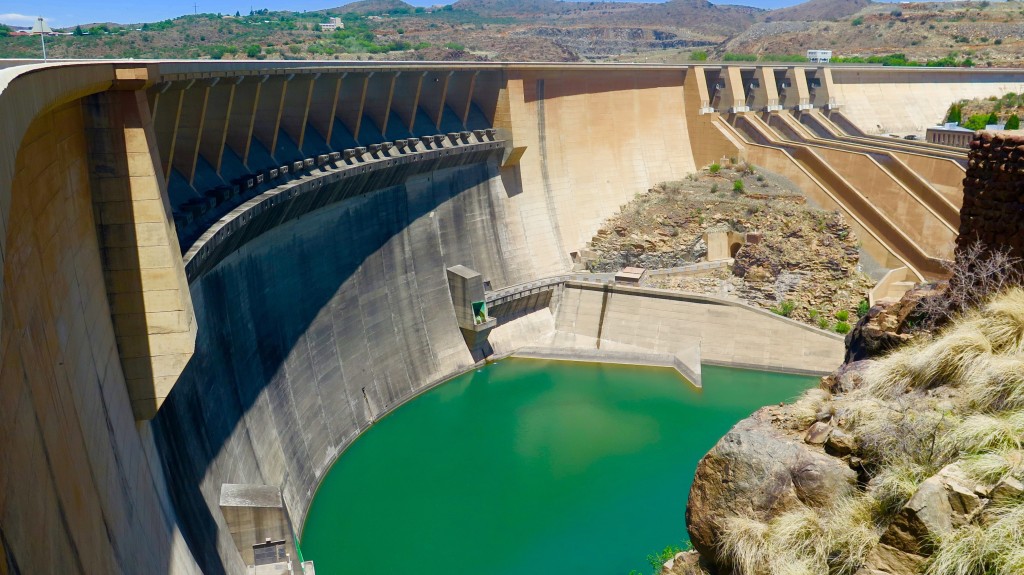
One of the primary reasons is that none of the new plants, according to government summaries, come with the inordinate expense, technical challenges, severe environmental damage, and fierce public resistance that are the proven consequences of developing conventional sources of energy in South Africa.
The issue raised in the Karoo, and in academic circles across South Africa, is why, despite the glittering achievement of wind and solar development, senior government leaders are so intent on devoting the majority of government capital and focus to old and polluting fuel sources?
— Keith Schneider
To see the entire report on energy development and the Karoo visit Circle of Blue.
To read all of the Choke Point: South Africa reports visit here.
